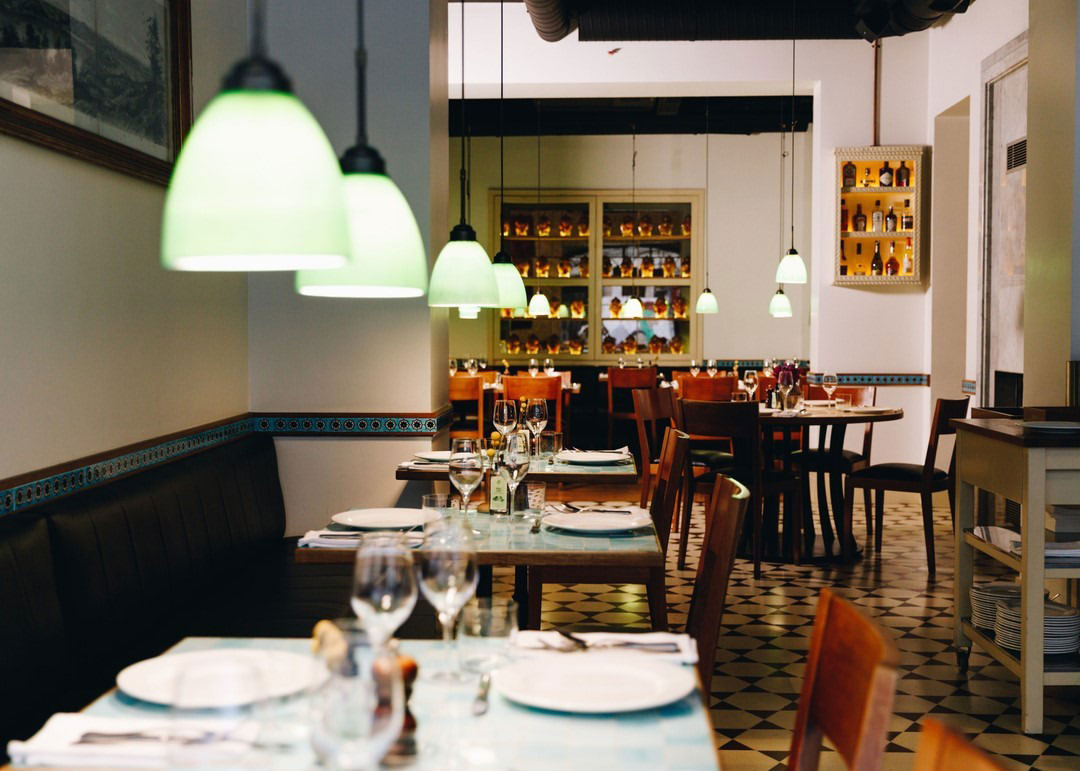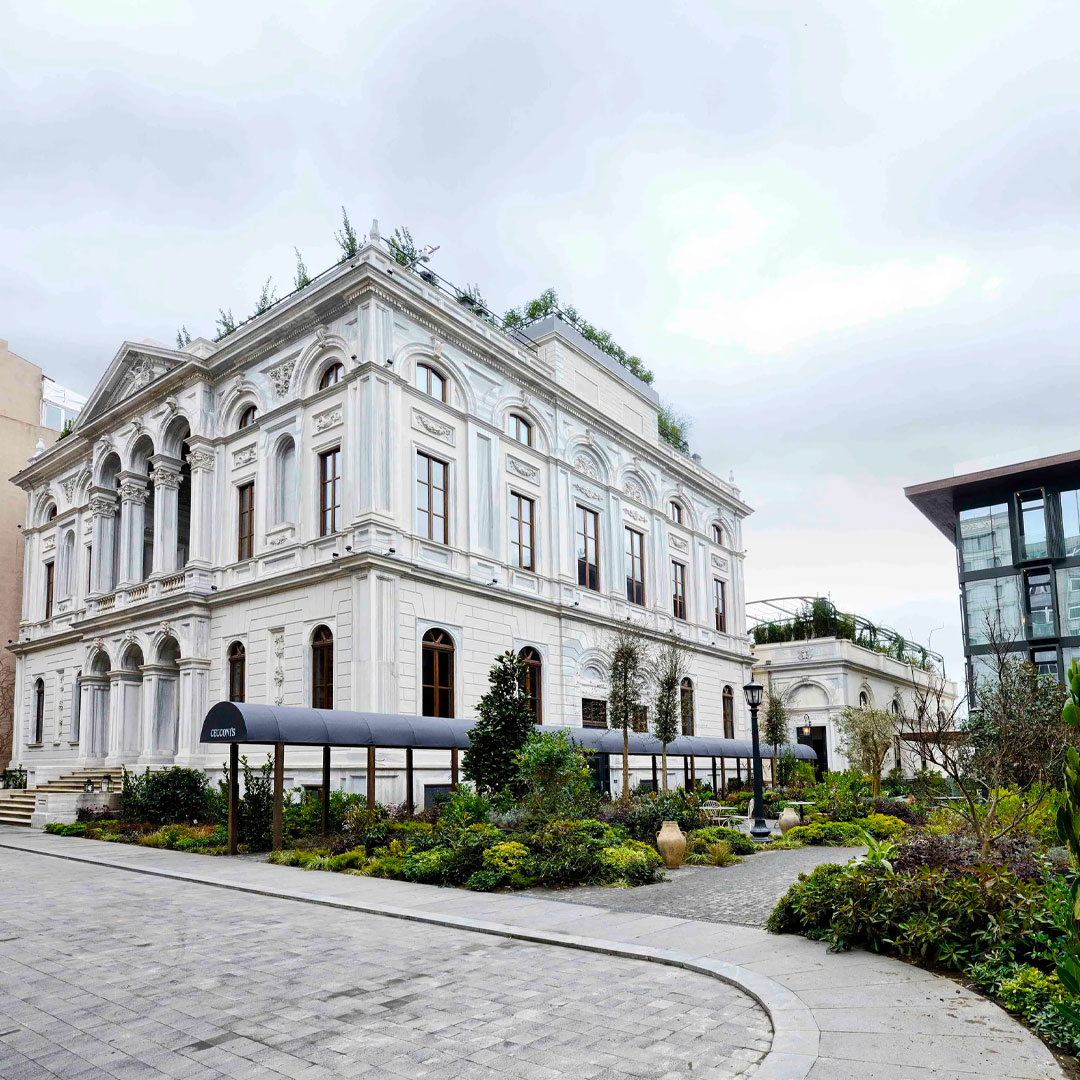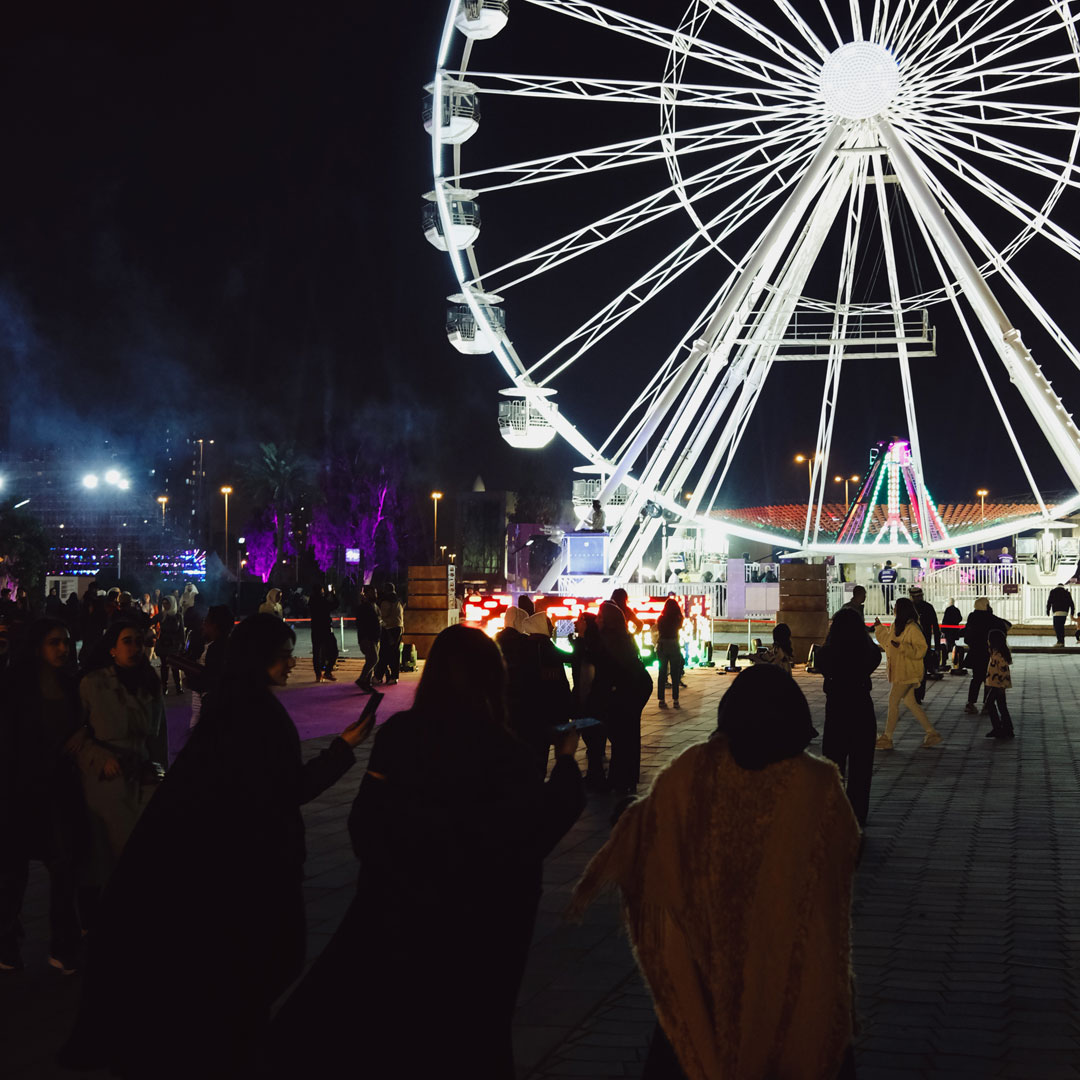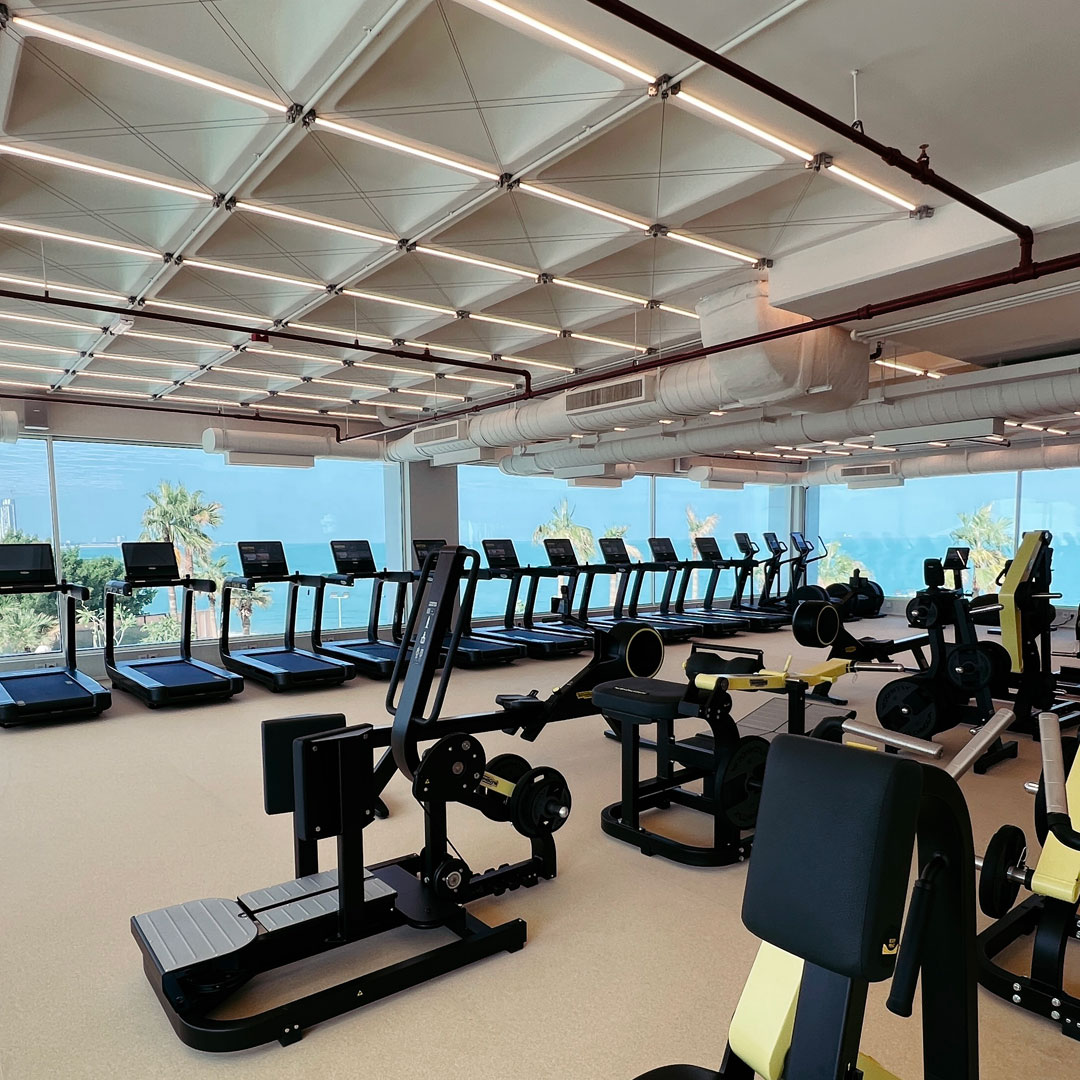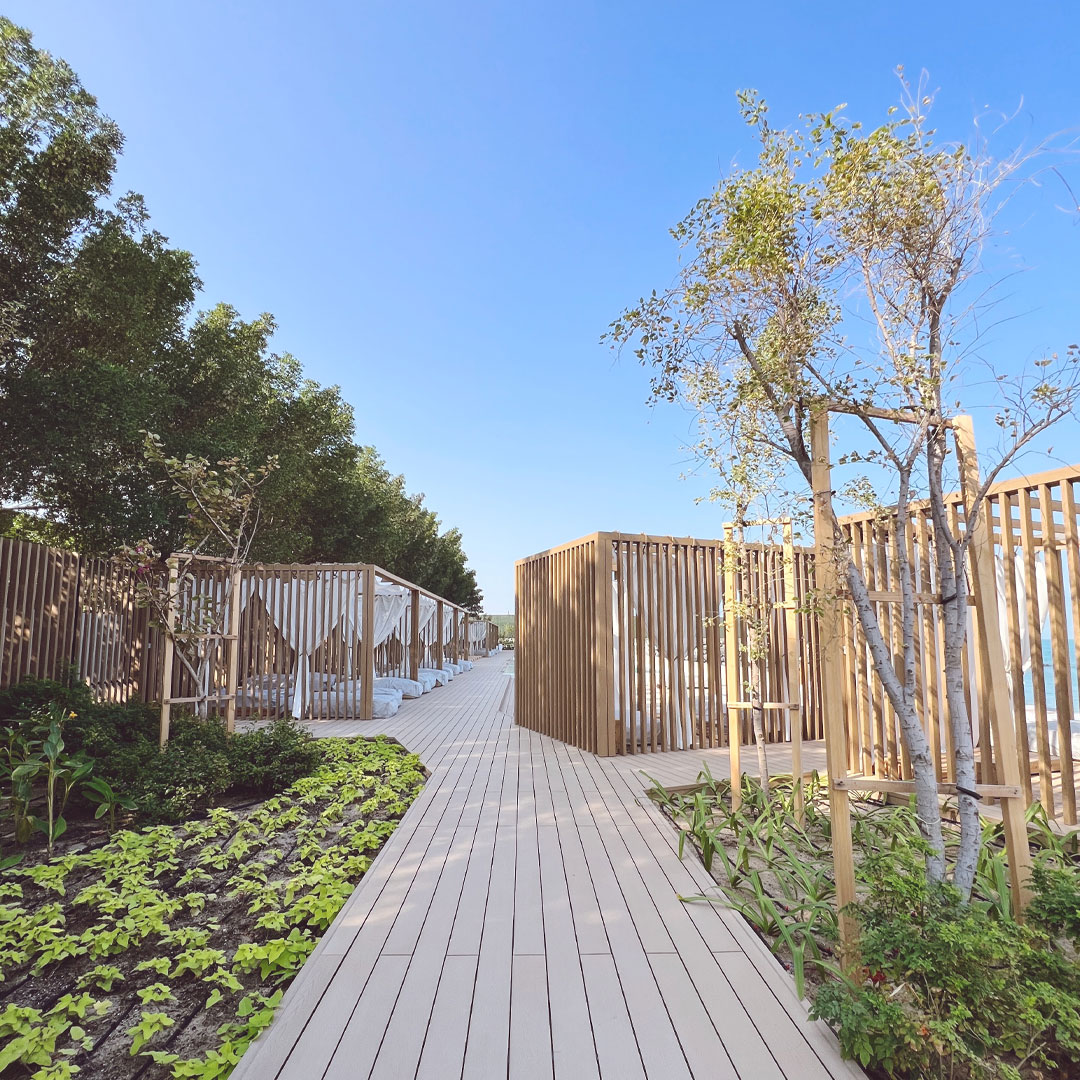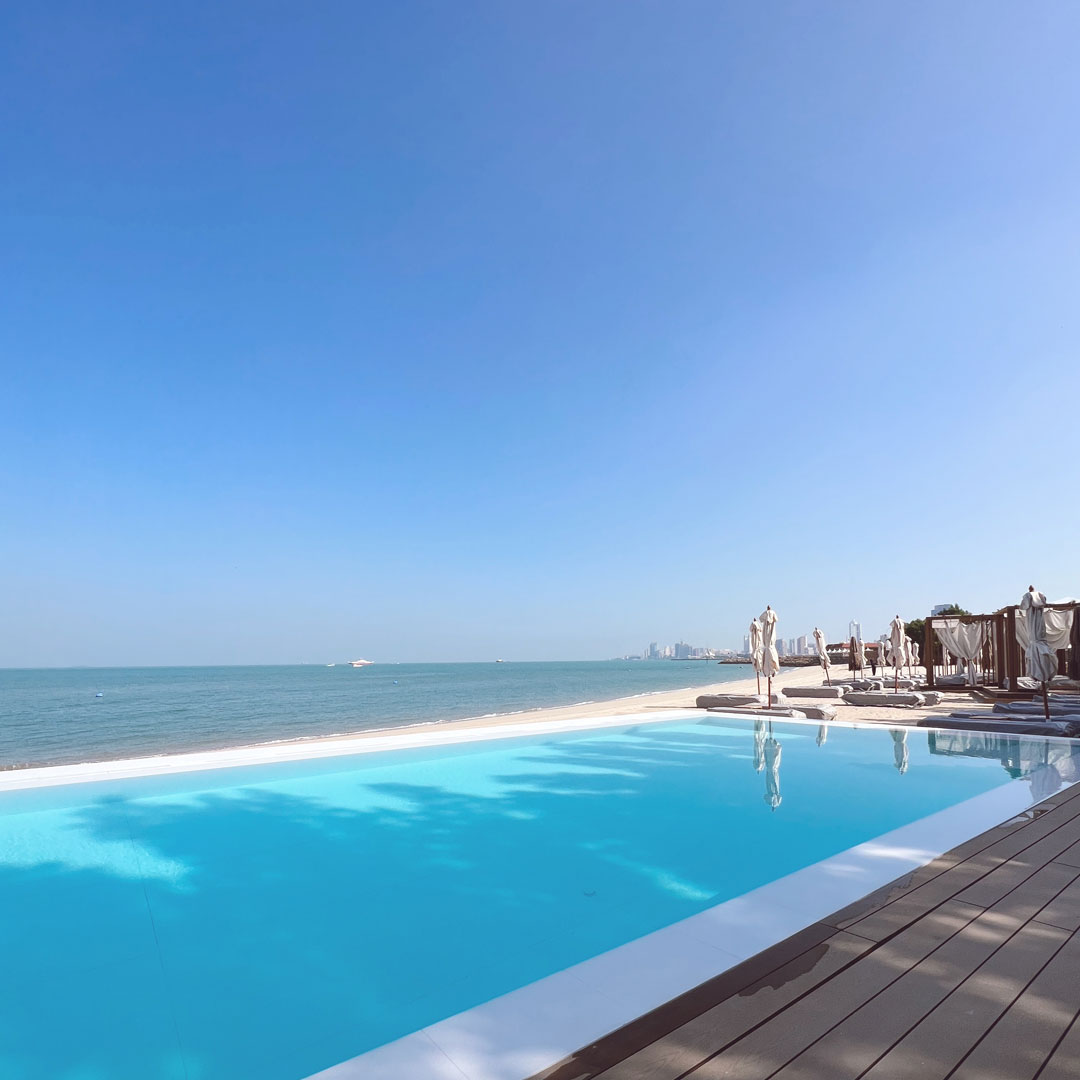
Back in October Xcite gave me an Apple Watch Ultra to review which I did, and it was a positive review. But, since I got the watch, I haven’t removed it and as someone who loves mechanical watches and vintage Casios, that’s a problem.
The fact I’m now wearing an Apple Watch full-time and no longer putting on different watches depending on my mood or outfit is frustrating. I had the fancy SVN event a couple of weeks ago which I’d usually put on one of my nice watches, but I ended up keeping the Ultra on. When I travel, I usually like wearing my vintage 1978 Casio World Time but instead I wore my Apple Watch to Istanbul last week. It’s not just me, I have friends who are way more into watches than I am who also haven’t worn any other watch since getting the Ultra.
I think the biggest feature about Apple Watches that has me hooked is the ability to change watch faces automatically depending on various variables I’ve set up. Not sure if you’re aware of this but using the Apple Shortcuts App, you can set up automated tasks that can change the watch face based on conditions. So for example, my main watch face has my next event of the day as the main complication, but if I don’t have any more reminders for the day, that prime real estate is being wasted. So I set up an automated shortcut that checks to see if I have any events and if not, it will swap my watch face to a different one. At night before I sleep I have it automatically change my watch face into one with various sleep-related shortcuts like my Pillow app, alarm, moon phases etc, and remove stressful information like the news or the performance of my stocks. Then once I do fall asleep I have my watch face automatically change again to one with just the digital clock in x-large and in red to make it super easy to read the time if I wake up in the middle of the night.
How can any of my other watches compete with that? They can’t, so that’s why my advice is, if you’re into watches, do yourself a favor and don’t get an Apple Watch.





